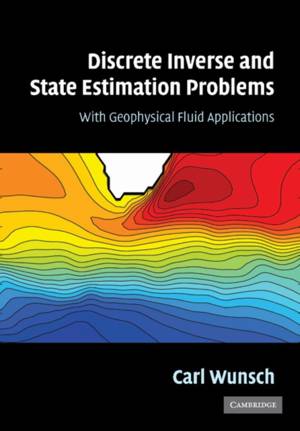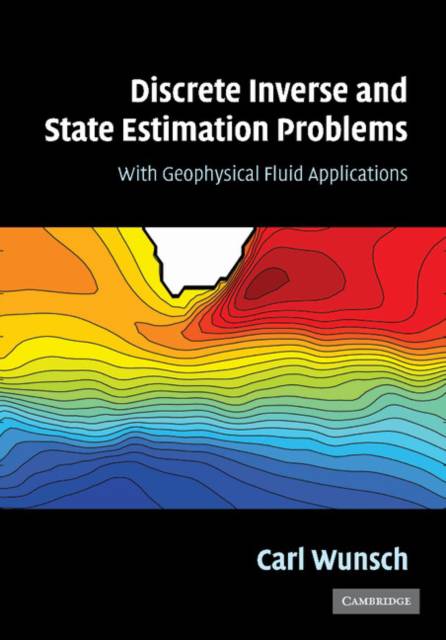
- Afhalen na 1 uur in een winkel met voorraad
- Gratis thuislevering in België vanaf € 30
- Ruim aanbod met 7 miljoen producten
- Afhalen na 1 uur in een winkel met voorraad
- Gratis thuislevering in België vanaf € 30
- Ruim aanbod met 7 miljoen producten
Zoeken
Discrete Inverse and State Estimation Problems
With Geophysical Fluid Applications
Carl Wunsch
Paperback | Engels
€ 95,45
+ 190 punten
Omschrijving
The problems of making inferences about the natural world from noisy observations and imperfect theories occur in almost all scientific disciplines. This 2006 book addresses these problems using examples taken from geophysical fluid dynamics. It focuses on discrete formulations, both static and time-varying, known variously as inverse, state estimation or data assimilation problems. Starting with fundamental algebraic and statistical ideas, the book guides the reader through a range of inference tools including the singular value decomposition, Gauss-Markov and minimum variance estimates, Kalman filters and related smoothers, and adjoint (Lagrange multiplier) methods. The final chapters discuss a variety of practical applications to geophysical flow problems. Discrete Inverse and State Estimation Problems is an ideal introduction to the topic for graduate students and researchers in oceanography, meteorology, climate dynamics, and geophysical fluid dynamics. It is also accessible to a wider scientific audience; the only prerequisite is an understanding of linear algebra.
Specificaties
Betrokkenen
- Auteur(s):
- Uitgeverij:
Inhoud
- Aantal bladzijden:
- 396
- Taal:
- Engels
Eigenschappen
- Productcode (EAN):
- 9781107406063
- Verschijningsdatum:
- 26/07/2012
- Uitvoering:
- Paperback
- Formaat:
- Trade paperback (VS)
- Afmetingen:
- 168 mm x 241 mm
- Gewicht:
- 612 g

Alleen bij Standaard Boekhandel
+ 190 punten op je klantenkaart van Standaard Boekhandel
Beoordelingen
We publiceren alleen reviews die voldoen aan de voorwaarden voor reviews. Bekijk onze voorwaarden voor reviews.











